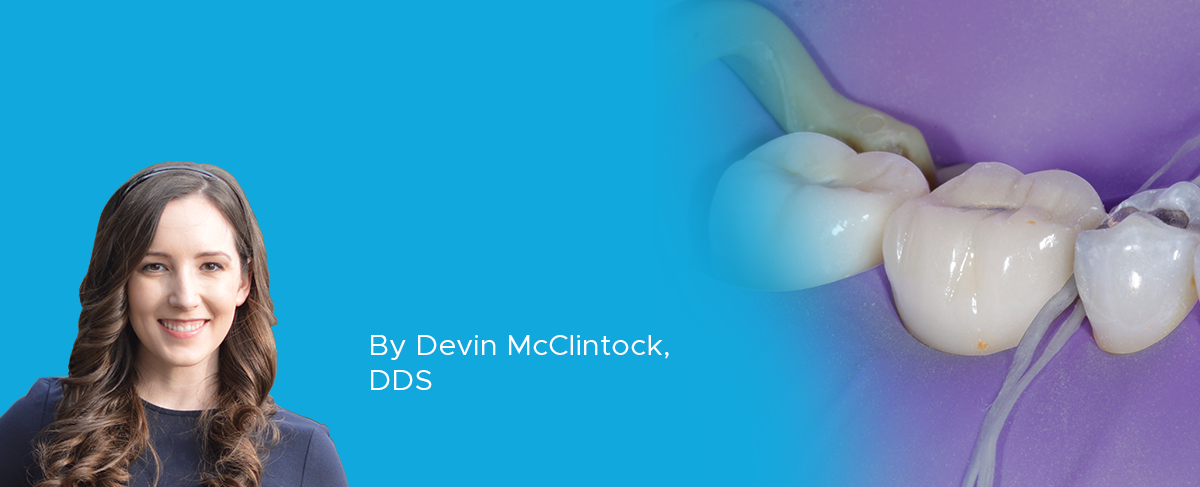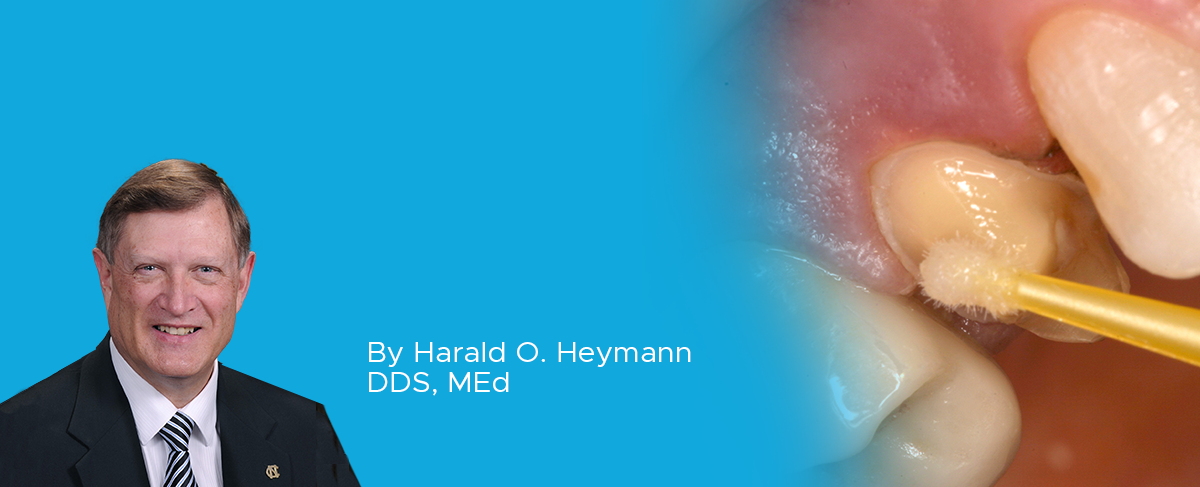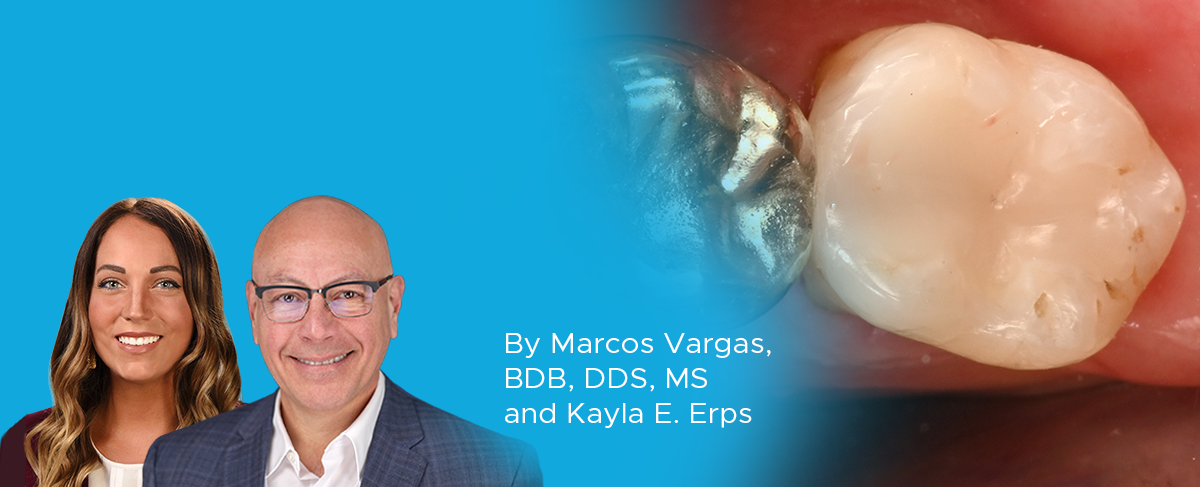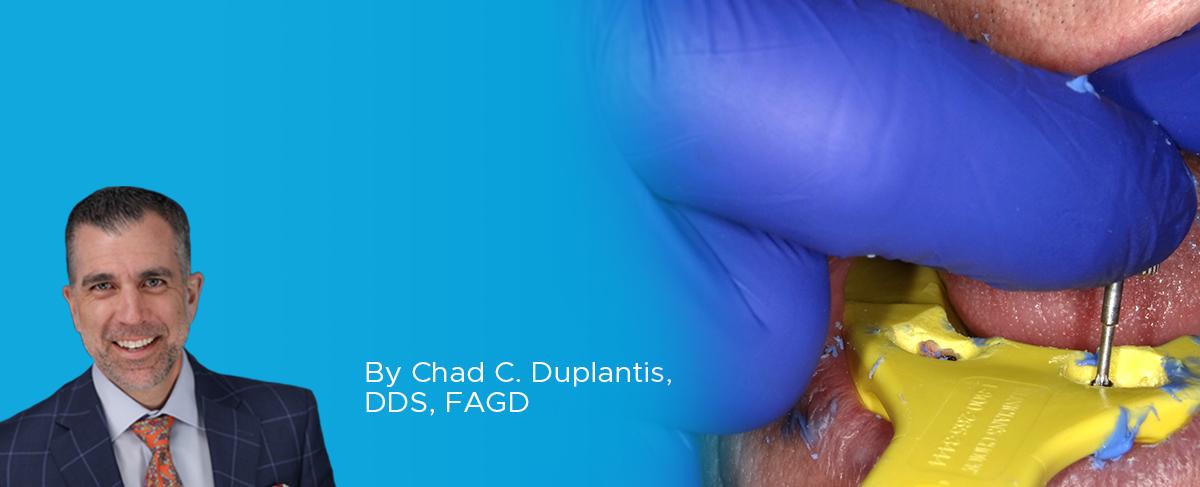It’s Time to Give Isolation a (Rubber) Dam
By Devin McClintock, DDS
Achieving successful, long-term restorations is dependent on maintaining a clean, dry and isolated field during the bonding process. While many options exist for achieving a dry field, the rubber dam reigns supreme.
Desensitization Protocol for Crowns Using G5 – Clinical Article
By Harald O. Heymann DDS, MEd
G5 is a time and research proven desensitizer that works to prevent post-op sensitivity when placed under virtually any type of dental restoration. Based historically on the formulation of a dentin primer, G5 contains 5% glutaraldehyde, 35% HEMA, and water: a simple but highly effective composition.
Simplifying the Class II Composite with Bulk Fill: Efficiency Without Compromise – Clinical Article
By Marcos Vargas, BDB, DDS, MS & Kayla E. Erps, Senior Dental Student, University of Iowa
While restoring the posterior dentition, natural proximal contours, contact size, position and shape are integral to the function and longevity of both the restoration and remaining tooth structure. Composite dentistry has progressed to the point where restorations disappear into the surrounding tooth structure yet despite considerable improvements in both technique and materials, inconsistent results continue to be a challenge for many clinicians.
Take Esthetics to a New Level of Efficiency and Convenience – Clinical Article
By Doug Harvey, BSc., DDS
The cost of delivering dentistry is seemingly always on the rise. With an increased interest in being more involved in their treatment, the well-informed patient has placed a spotlight on receiving high quality esthetic restorations provided in a safe and time-efficient manner.
Simplifying the Process of Full Arch Implant Impressions Without Compromise to Accuracy – Clinical Article
By Chad C. Duplantis, DDS, FAGD
Implant impressions can create undue stress in the mind of a clinician. This is especially true for full arch implant impressions as these demand an incredible amount of accuracy and minimal room of error. Prior to taking these impressions, the clinician must answer a few questions: What type of impression material should I use? Should I take an open or closed tray impression? What trays are available to help me accomplish the best impression possible?
JUST TAKE A MINUTE: A Step-By-Step Guide to Clinical Efficiency – Clinical Article
The sheer volume of information on dental materials and techniques at our fingertips is staggering, but having the right information is vital to providing the best care possible.






